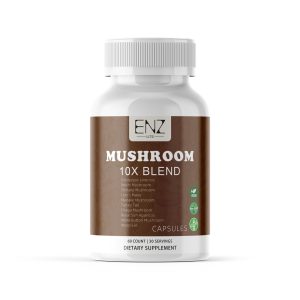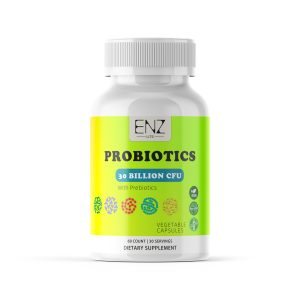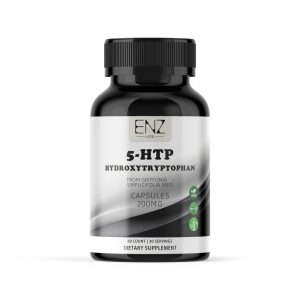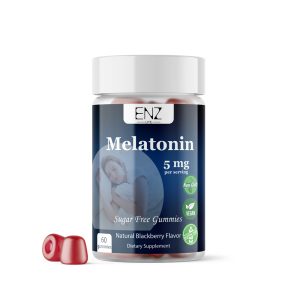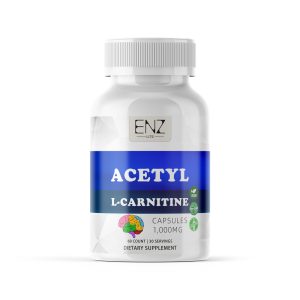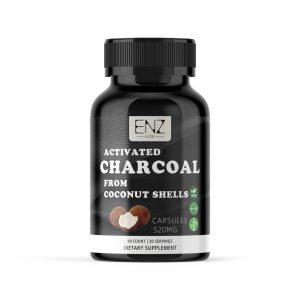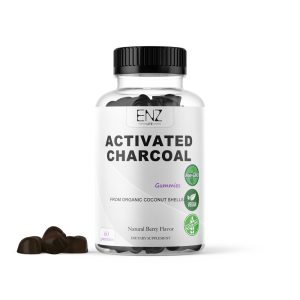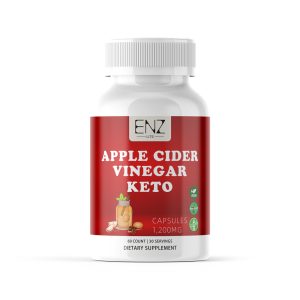Table of Contents How Protein Powder is Made in Factory
- Introduction
- 1. Sourcing and Selection of Raw Materials
- 2. Protein Extraction and Processing
- 3. Drying and Powder Conversion
- 4. Blending and Flavoring
- 5. Packaging and Quality Control
- ENZ Pharmtech: Your Trusted Protein Powder Manufacturer
- Summary Table
- References
Introduction How Protein Powder is Made
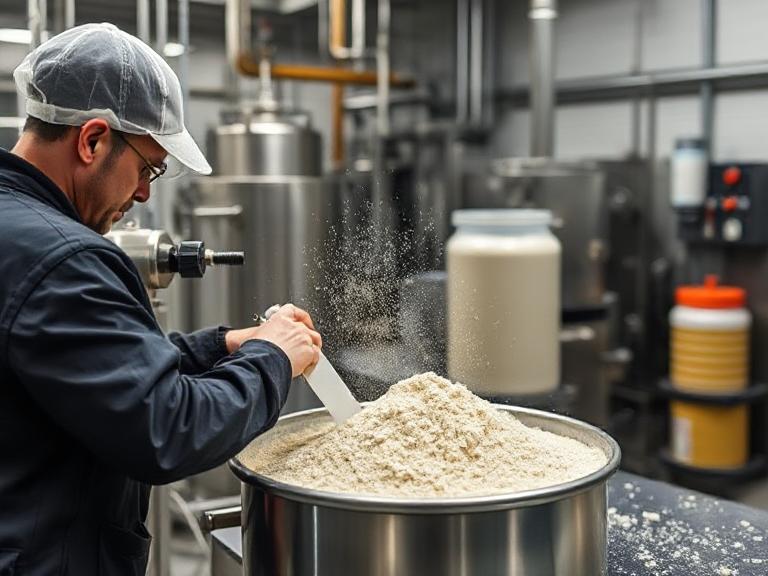
Protein powder is one of the most popular supplements in the health, wellness, and sports nutrition markets. It is produced in modern factories using advanced processing techniques to ensure purity, safety, and nutritional value. Understanding the manufacturing process helps both consumers and businesses appreciate the science and quality behind each scoop.
1. Sourcing and Selection of Raw Materials
The journey of protein powder begins with selecting high-quality protein sources. These may include:
- Dairy-based proteins such as whey and casein from milk.
- Plant-based proteins such as soy, pea, rice, and hemp.
- Specialty proteins like collagen or egg white protein.
Manufacturers ensure that raw materials are sourced from trusted suppliers with strict quality and safety certifications. Each batch is tested for contaminants, allergens, and consistency before entering production.
2. Protein Extraction and Processing
The next step is to separate protein from its original food matrix. Common methods include:
- Filtration – Ultrafiltration or microfiltration to remove fats and carbohydrates while retaining protein.
- Enzymatic Hydrolysis – Breaking down protein molecules for easier digestion and absorption.
- Centrifugation – Spinning to separate protein from liquid components.
This stage is critical for achieving the desired protein concentration and purity level.
3. Drying and Powder Conversion
Once extracted, the protein is converted into powder using spray drying or freeze-drying. These processes remove moisture without damaging the protein structure:
- Spray drying rapidly evaporates water, creating a fine, consistent powder.
- Freeze-drying preserves more nutrients and is used for premium protein powders.
The resulting product is a stable, easy-to-store powder ready for blending.
4. Blending and Flavoring
To enhance taste, texture, and nutrition, protein powder is blended with other ingredients:
- Flavoring agents like chocolate, vanilla, or fruit extracts.
- Sweeteners such as stevia, sucralose, or monk fruit.
- Functional additives like vitamins, minerals, probiotics, or digestive enzymes.
Industrial mixers ensure that flavor and nutrient distribution is uniform throughout the batch.
5. Packaging and Quality Control
Once blended, protein powder is packaged in airtight containers, pouches, or bulk bags. Quality control teams perform:
- Microbial testing to ensure product safety.
- Nutritional analysis to verify label claims.
- Moisture testing to prevent clumping and spoilage.
Packaging is often done in a controlled environment to prevent contamination and maintain freshness.
ENZ Pharmtech: Your Trusted Protein Powder Manufacturer
ENZ Pharmtech, held by ENZ Biotech Center with its overseas branch ENZ Wellness, is a Contract Dietary Supplement Manufacturer specializing in high-quality supplements, including protein powders. With expertise in personal health, lifestyle, wellness, beauty, sports nutrition, and pet nutrition, ENZ Pharmtech offers a variety of supplement formats:
-
10x Blend Mushroom Capsules
-
30 Billion Probiotic Capsules with Prebiotics
-
5-HTP Hydroxytryptophan Capsules 200mg
-
5mg Melatonin Gummies For Sleep Sugar Free
-
60 Billion Probiotic Capsules with Prebiotics
-
Acetyl L-Carnitine Capsules
-
Activated Charcoal Capsules
-
Activated Charcoal Gummy Detox Gummies
-
ACV Keto Capsules
The company adheres to GMP-certified manufacturing and offers OEM & ODM services, making it an ideal partner for brands looking to produce high-quality protein supplements.
Summary Table
| Step | Description | Key Considerations |
|---|---|---|
| Sourcing | Choose high-quality protein sources. | Certified suppliers, allergen checks. |
| Extraction | Separate protein from fats and carbs. | Filtration, hydrolysis, centrifugation. |
| Drying | Convert protein to powder. | Spray drying, freeze-drying. |
| Blending | Mix with flavors and additives. | Uniform mixing, flavor consistency. |
| Packaging | Seal in containers for storage. | Moisture control, microbial safety. |

